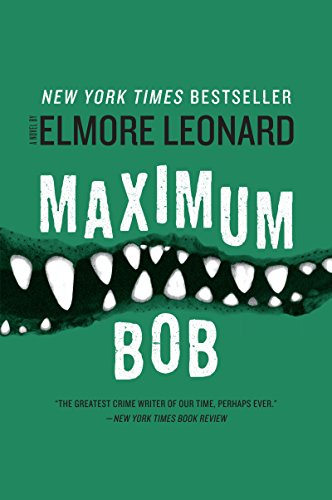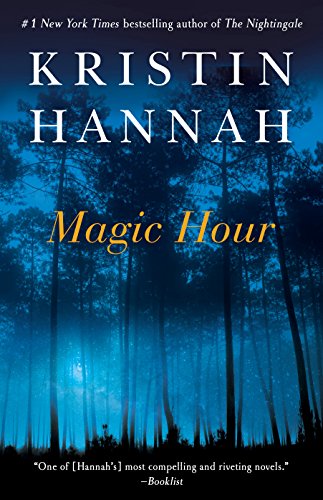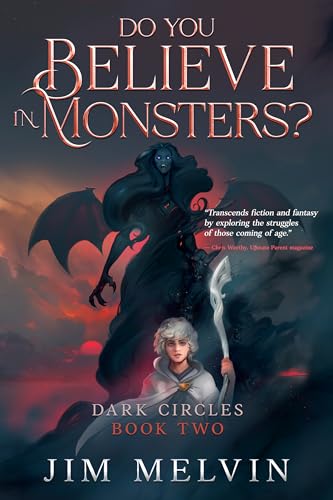- © Kindle Nation Daily 2010 – Originally posted to Kindle Nation Daily 7.21.2010.
By Stephen Windwalker, Editor of Kindle Nation
- Before November 19, 2007, few if any of us read books on a screen and even fewer of us knew anyone who really, really wanted an ebook reader.
- Within a year Amazon’s first venture into manufacturing became the “bestselling, most wished-for, most gifted product” of the world’s largest online retailer, and the Kindle has maintained that status for over two years now. Some complained the the first Kindles were ugly or clunky, but Amazon quickly achieved dominance by showing the world that, for serious readers, an unbeatable combination of connectivity, catalog, and convenience trumped color and coolness.
- By achieving sector dominance in 2008, Amazon gained the seat at the head of the table in determining the ebook reader feature set for its eventual competitors.
- By showing the world in 2009 that ebook readers and ebooks would quickly become dramatic growth sectors, Amazon ensured that it would have plenty of “competition.”
- And by rolling out Kindle app after Kindle app in late 2009 and 2010 while many competitors failed to achieve launch or market traction, Amazon turned the most serious competitors — i.e., its real competitors for readers’ eyeball time and mind share — into partners.
How could Kindle books be outselling iBooks listings on Apple’s own device? Well, Amazon disclosed Monday that its sales units ratio of paid Kindle books to hardcovers was 143:100 for the second quarter, and then told us that the ratio for the month of June alone was 180:100. While there is a certain amount of guesswork involved in trying to solve this equation for April and May, there would be a tidy and logical symmetry to a rough solution of 106:100 in April, 143:100 in May, and 180:100 in June. The specific numbers are less consequential than a general arc showing month-over-month gains of 25 to 30 percent. A significant portion of this dramatic growth in content sales, of course, would have come from the dramatic growth in Kindle unit sales.
But if we keep in mind the difference between a high percentage for monthly Kindle unit sales growth and the much lower percentage gains that this would cause in the installed base of the Kindle hardware, the data is likely to send us looking for an answer to this question: what else changed in the second quarter? Only a little head scratching should be necessary before it occurs to us that the April 3 launch of the iPad and the Kindle app for the iPad was the other big event, and it may well be that, among that subset of iPad owners who read anymore, the Kindle Store’s 20:1 advantage in non-public domain catalog titles is helping to drive the dramatic increase in Kindle content sales and, possibly, at least temporary dominance of ebook market share on the iPad. I don’t want to speculate that Steve Jobs’ wardrobe range is predictive of his approach as a bookseller, but while there may be retail businesses where carrying an unlimited supply of just a few items works well, bookselling is not one of them.
Apple and Amazon both benefit from intense customer loyalty, but observers and investors alike would do well to keep in mind the no-brainers that (1) most of Apple’s customers are also Amazon customers, and (2) most Amazon customers consider Amazon their favorite bookstore or, at the least, their favorite online bookstore. And, as analyst James McQuivey notes in a Forrester post today, “this game isn’t even about which devices ultimately sell. It’s about which bookseller captures the customer today for the long run.”
McQuivey says “Amazon intends to be that bookseller,” and in agreeing with his assessment I would also point out that the company has created an ebook ecosystem that backs up good intentions with the same kind of extremely compelling search, sort, and browse infrastructure that, over the past 15 years, has won and cemented Amazon’s position as the world’s largest and most favorited bookseller, not just online but anywhere. Apple’s comparative inexperience as a bookseller is evident not only in the fact that the iBooks paid catalog is less than one-tenth the size of the Kindle Store’s, but also in the frequently noted customer experience that, even within that much smaller iBooks catalog, it’s difficult to find anything beyond its oddly named Top Charts listings.
Six or seven years ago, had many of us in the book trades been able to see clearly ahead to 2010 without knowing how specific individual companies would adapt to changing technologies, we might well have been as bearish about Amazon’s future as about the future of traditional book publishers, newspapers, or brick-and-mortar bookstores. If Amazon hadn’t gone the ebook route, but we were still somehow on the way to publishing industry consultant Mike Shatzkin’s prediction, quoted in yesterday’s New York Times that “within a decade, fewer than 25 percent of all books sold will be print versions,” then Amazon would be a company whose core business was dying.
It seems clear instead that (1) Amazon did see that future, even if without so aggressive a timetable; (2) neither the company nor CEO Jeff Bezos panicked; and (3) by 2003 Amazon was hard at work turning the nightmare of the declining print-book future into plans and blueprints for the Kindle hardware and, equally important, a Kindle content ecosystem that is either enormously attractive (or too powerful to ignore) both to readers and to a growing share of authors and publishers of many, if not all, shapes and sizes.
Just to drill down on the basics here, Amazon’s much-discussed “tipping point” press release on Monday, when combined with other data, makes it clear that:
- The largest bookseller in the world, with over 20 percent of the US bookselling market, is now selling 180 paid ebooks for every 100 hardcovers.
- That ratio is now rising dramatically each month, and we are well on the way both to Random House president Gina Centrello’s recent prediction that eBooks will be 50 per cent of book sales in five years and to Shatzkin’s prediction that “within a decade, fewer than 25 percent of all books sold will be print versions.”
- Amazon’s market share in ebook content continues to be dominant. Some publishing industry insiders were quoted anonymously late last year saying that Amazon’s ebook content market share then was significantly higher than 90 percent, and numbers released by Hachette Book Group on July 6 and Amazon on Monday provide us with the tantalizing if anecdotal conclusion that 76.1 per cent of James Patterson’s ebook sales came from the Kindle Store. The overall market share could be even higher, given the fact that Random House is not represented in the iBooks store and that most of the titles in the Kindle Store are not available anywhere else as ebooks.
Could Amazon maintain a dominant majority market share among ebooks even as ebooks rise to a majority share of all books sold? There are many serious reasons why this seems somewhere between unlikely and impossible, but if you are betting against it, you are betting against a company that has prepared itself brilliantly for the future ecosystem of the book business:
- Amazon stands ready to compensate authors and publishers with greater royalties and gross margins (70 percent in both cases) than they have ever experienced before on increasing sales volume, but it will also compete directly with publishers through its digital text platforms (DTP) for Kindle and CreateSpace and future incarnations of its AmazonEncore imprint.
- Publishers who try to lowball authors and agencies on ebook royalties will find themselves sending their established authors in the direction of the DTP or to innovators like Open Road Media and RosettaBooks.
- Publishers who decide to take their books and go home would be hard-pressed to become anything other than irrelevancies. Brick-and-mortar booksellers will probably never be able to hold their noses and make the kind of bundling deals with Amazon that I’ve suggested in this recently republished post, but as Shatzkin noted in this blog piece last week it is hard to see how else they can survive.
- If traditional publishers and brick-and-mortar bookstores die off and leave orphaned rights or surplus books behind, where do you think these assets will end up? Amazon Marketplace, the DTP, the Kindle Store, and CreateSpace, as likely as not.
“To the extent that the publishing industry press or industry insiders are offering a perspective that may become the basis for industry strategy, it seems counterproductive if not downright destructive to assemble factoids that lead their audience to miss the basic point here, which is that with each new wave of data the ETA of the tsunami that is the digital publishing transition gets moved up,” I wrote earlier this week. “Major publishers who convince themselves that there was anything insignificant about Amazon’s press release may soon find themselves looking up only to discover the tsunami arrived yesterday.”
Publishers should take Jeff Bezos’ proclamation of a tipping point, but what about investors? Complaints have been widespread this week that Amazon may be trying to mislead investors by providing incomplete information. Personally, I suspect that the company simply decided to stick with its longstanding policies of playing definitive item-by-item sales numbers as close as possible to the vest and steering clear of offering interim updates to quarterly guidance. By releasing the information contained in the press release Monday Amazon remained true to those policies but provided some information that long-time followers of the company and its practices may be able to triangulate and spin into gold.
Was Amazon’s press release tantamount to raising its guidance?
Only one thing is certain: we’ll find out after the market closes on Thursday. I will be tuning in here to the webcase of the earnings conference call that will take place that day at 5 pm Eastern.














